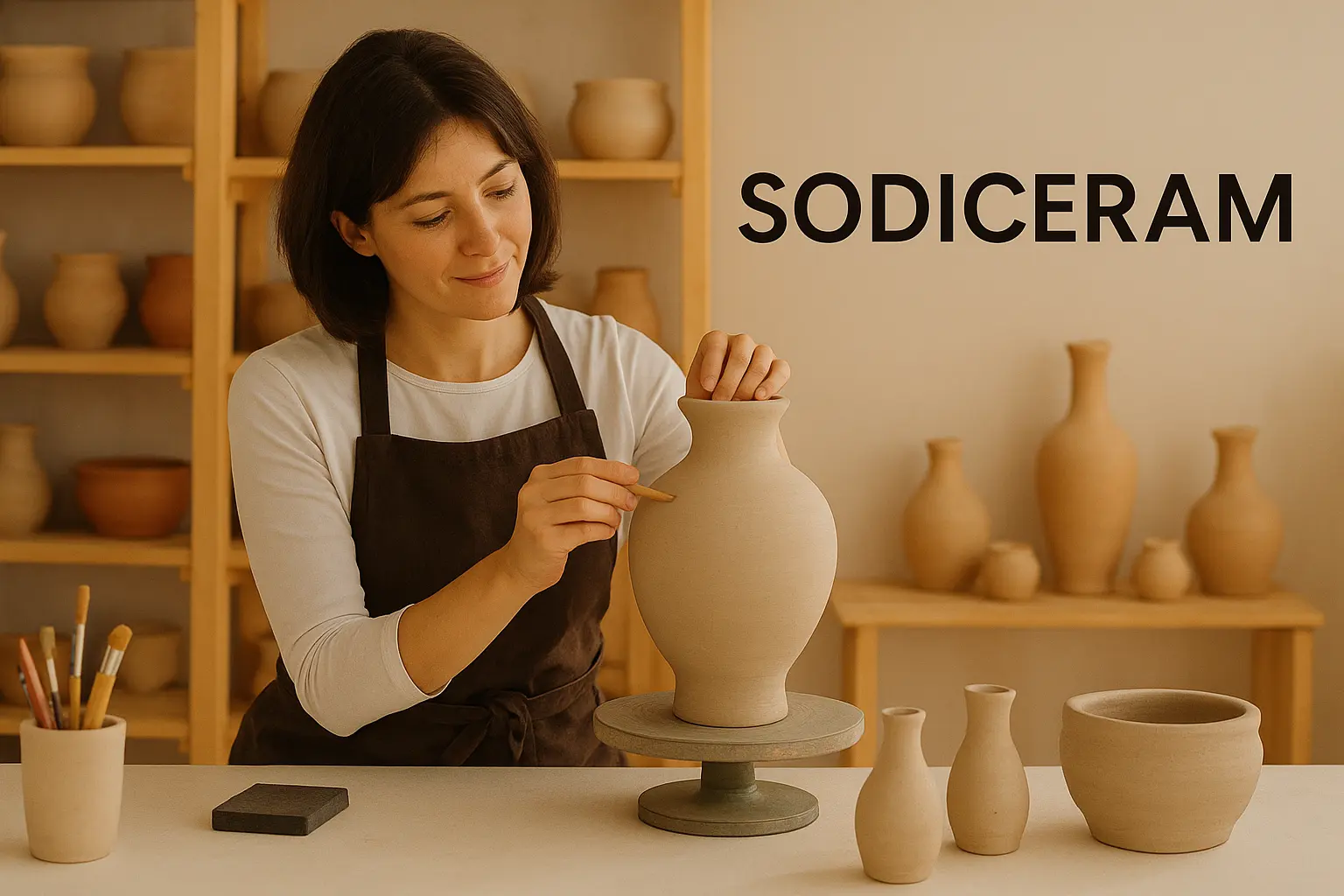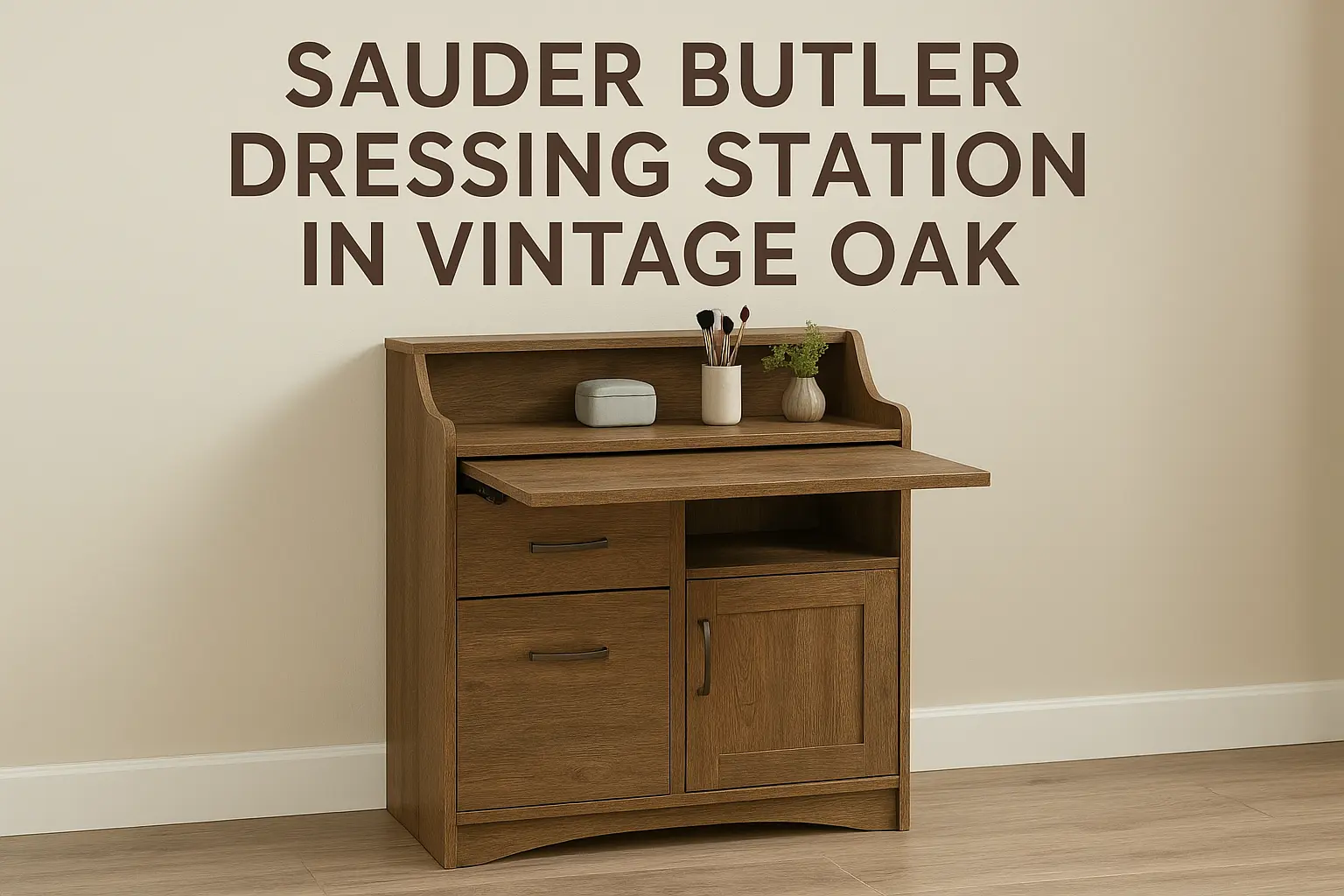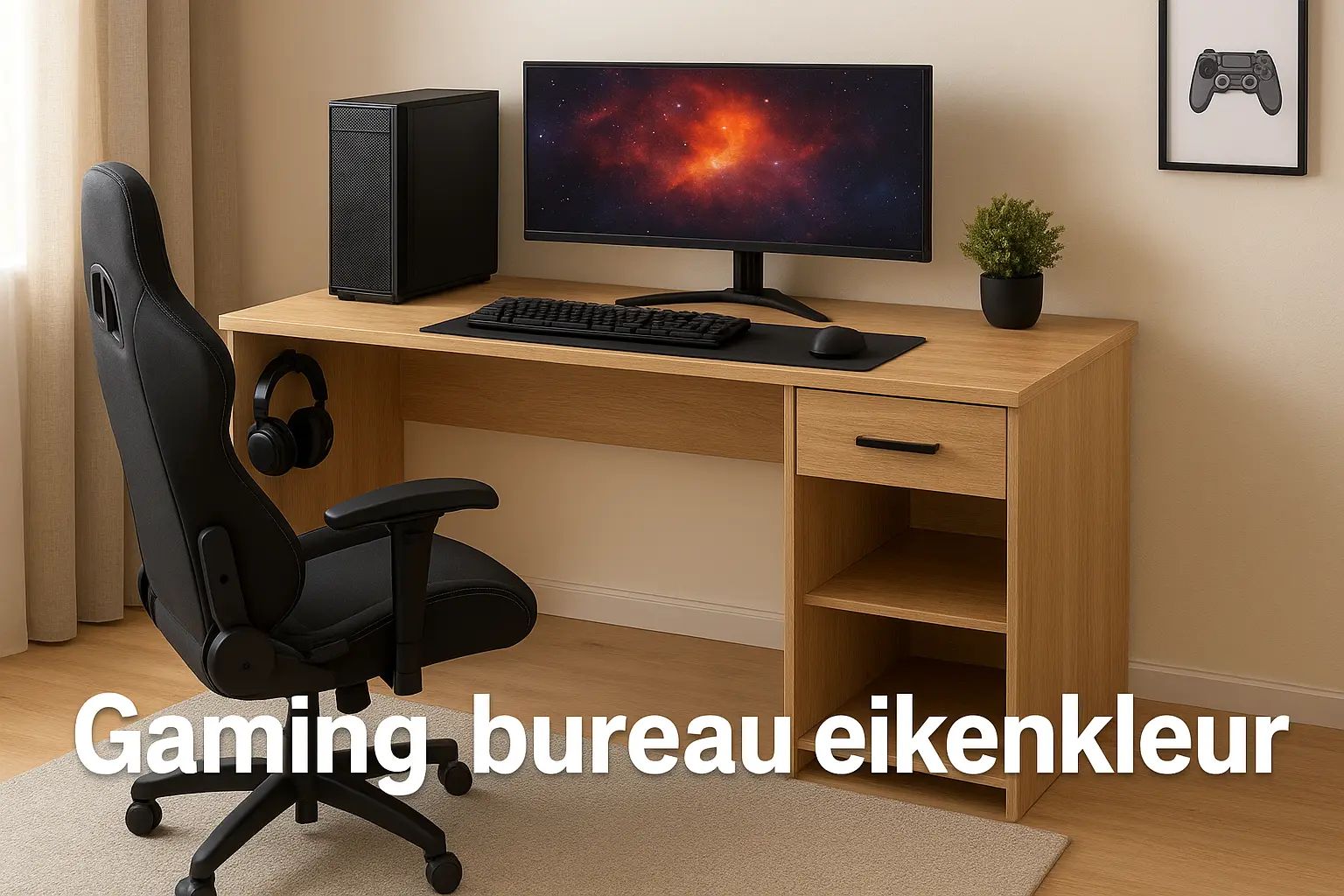In recent years, the demand for advanced and versatile ceramic materials has increased across industries ranging from architecture to manufacturing. Among the emerging names, sodiceram has gained attention for its unique properties, durability, and design potential. This material blends traditional ceramic methods with modern innovations, making it a choice for both practical and decorative applications. Understanding sodiceram means looking closely at its composition, uses, and role in sustainable development.
What is Sodiceram?
Sodiceram is described as a specialized ceramic material designed for high performance and aesthetic appeal. It is often recognized for its strength, low water absorption, and resistance to thermal and chemical stress. The versatility of sodiceram allows it to be used in diverse environments such as residential interiors, commercial buildings, laboratories, and even in certain industrial processes where stability is key.
Key Features of Sodiceram
Sodiceram offers a balance of functionality and design flexibility. Some of the most highlighted features include:
- Durability: Resistant to scratches, pressure, and mechanical stress, making it ideal for flooring and wall coverings.
- Thermal Stability: Able to handle sudden temperature changes, which is critical for both indoor and outdoor use.
- Chemical Resistance: Surfaces made with sodiceram remain intact when exposed to cleaning agents or industrial chemicals.
- Low Water Absorption: Ensures long-term reliability in humid or wet conditions, making it suitable for bathrooms, kitchens, and laboratories.
- Design Variety: Available in multiple textures, finishes, and shades, offering architects and designers flexibility.
Applications of Sodiceram in Construction and Design
The most visible impact of sodiceram is in construction and interior design. Architects and designers favor it because it combines durability with creativity. It is commonly used in:
- Flooring Solutions: Strong surfaces that withstand heavy foot traffic.
- Wall Cladding: Adds both protection and visual appeal to interior and exterior walls.
- Countertops and Worktops: Resistant to heat and stains, making it suitable for kitchens and laboratories.
- Large-Format Slabs: Expanding possibilities in modern architectural design by creating seamless surfaces.
Industrial Applications of Sodiceram
Beyond homes and offices, sodiceram also plays a role in industrial applications. Its resistance to chemicals and thermal stress makes it useful in laboratories, processing plants, and clean rooms. The ability of sodiceram to maintain hygiene standards is particularly valued in industries like pharmaceuticals, biotechnology, and food production, where surfaces must remain sterile and easy to maintain.
The Role of Sodiceram in Sustainability
Sustainability has become a key factor in material development, and sodiceram contributes by offering eco-conscious features. Many manufacturers emphasize reduced energy use during production, recycling of raw materials, and longer product life cycles. This makes sodiceram a responsible option for environmentally conscious projects. Architects and homeowners looking for green building certifications often find sodiceram aligned with their goals.
Advantages Over Traditional Materials
When compared with traditional ceramics, natural stone, or even modern composites, sodiceram often stands out in terms of performance. Unlike natural stone, it does not absorb stains easily, and unlike certain synthetic surfaces, it maintains its structure under high temperatures. Its long lifespan reduces the need for replacement, which saves costs in the long term.
Design Flexibility and Aesthetic Appeal
One reason sodiceram is gaining popularity in design communities is the broad range of visual finishes it offers. From glossy and polished looks to matte and textured options, it adapts to different styles. Whether the goal is a minimalistic modern environment or a rustic natural atmosphere, sodiceram provides the right balance between function and beauty.
Why Sodiceram is Becoming Popular Worldwide
The global shift toward materials that are both functional and eco-friendly explains why sodiceram is being adopted across regions. Homeowners appreciate its easy maintenance, while industries value its resilience. Designers also highlight its ability to bring fresh aesthetics to large-scale projects. Its rising popularity shows that sodiceram is more than a trend; it represents a shift toward smarter material choices.
Future Outlook of Sodiceram
As technology advances, the future of sodiceram looks promising. With ongoing research in ceramics and sustainable manufacturing, it is likely that new variations will continue to appear, offering enhanced strength, lower costs, and improved environmental performance. This ensures that sodiceram will remain relevant in both design and industrial innovation.
Conclusion
Sodiceram has established itself as a material that blends durability, aesthetics, and sustainability. Its presence in construction, industrial use, and design projects highlights its adaptability. With rising demand for long-lasting and eco-conscious solutions, sodiceram stands as a smart choice for modern applications. Whether in homes, workplaces, or advanced industries, it represents the next step in ceramic innovation.
FAQs
1. What is sodiceram mainly used for?
Sodiceram is mainly used in construction, interior design, and industrial settings due to its durability and low water absorption.
2. Is sodiceram eco-friendly?
Yes, many manufacturers focus on sustainable production, recycling, and long product life cycles, making sodiceram environmentally responsible.
3. Can sodiceram be used outdoors?
Yes, sodiceram is resistant to thermal changes and weather conditions, making it suitable for both indoor and outdoor applications.
4. How is sodiceram different from traditional ceramics?
Sodiceram offers enhanced durability, chemical resistance, and design flexibility compared to standard ceramic materials.
5. Why is sodiceram gaining popularity?
Its combination of strength, sustainability, and design appeal makes sodiceram a preferred choice for architects, homeowners, and industries worldwide.


